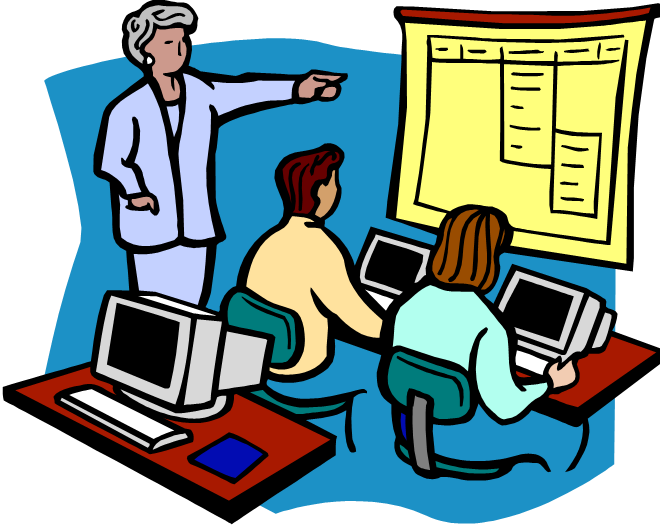With the world moving towards digitization at a very fast pace, it is extremely important that we embed technology in education completely. While technology has greatly integrated with education today, there’s still a lot required to bring that balance between the two. It begins with focus and is followed by good instructional design.Tomorrow’s Literacy
Technology is literacy and a universal language that is required to be spoken by everybody, especially in education. Gone are the days of falling into a profession randomly and riding the same for 30-plus years. Students are more focused today and they know what they want to do with their lives.
Hence, the contemporary job pool needs us to adapt, learn, and apply various skill sets in this direction. Teachers and students have to be multitasking, connect and collaborate to the world both locally and globally. As such, promoting a healthy balance between technology and education is greatly important.
For this, teaching students how to balance technology usage in addition to socializing offline and building interpersonal skills is also essential. Thus,it’s irresponsible to state that technology distracts and diminishes social skills and values in students.
In an effort to help them learn balance tech integration, exposing students to information literacy skill sets is also a must. It’s vital to promote and encourage a love for reading across all formats along with digital and information literacy skill sets, skills of questioning, analysing and synthesizing with other media.
Top 3 Examples of Balanced Tech Integration
Integrating technology doesn’t mean giving up all your time as an educator. A little time spent on, say, Google Drive can eventually save time for theteacher, while collaborating more effectively with students.
Here are some examples:
Edmodo: Edmodo can be used to introduce students to collaborativelearning or integrate a scaled-down learning management system (LMS).
Google Sites: Another tool that can be used and shared with teachers is Google Sites. Helping them learn how to searchon Google for information and using them in their studies is a great way to ease their learning process.
Opportunities and Not Apps
The key to usingtechnology ineducation and learning does not means allowing them to sit in the classroom with smartphones and other digital gadgets to search for information. Instead, the idea behind this is laying down good instructional design along with a consistent vision in the school administration. The onus is upon the administration to find applications that promote and strengthen a variety of skill sets for students.
This post is written by Apixel IT Support – an I.T Service Company with over 5 years of experience in asset management. Through its consultancy service in Singapore, it has helped a number of organizations to update their asset management and integrate it with sophisticated I.T Support.

